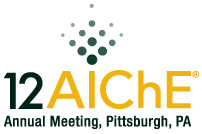

In this work, we focus on the automation, control and Exceptional Events Management (EEM) strategy for the drug-on-demand pilot facility done as part of the Engineering Research Center for Structured Organic Particulate Systems. A proper control strategy is necessary so that the system can run at optimal setpoints and adjust in real-time, allowing for an efficient manufacturing process and a precise on-specification drug product. The control strategy for our “drug-on-demand” setup allows us to execute an automated, optimized, and controlled print cycle while closely monitoring drop size, drug morphology, and drop deposition pattern. The implementation of EEM allows for detection, diagnosis, and mitigation of abnormal events that occur outside of the control space to ensure a more efficient, productive process. In this session, we summarize our achievements and current research in this area.
